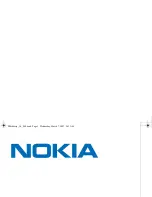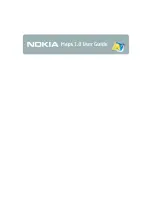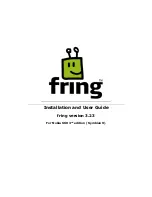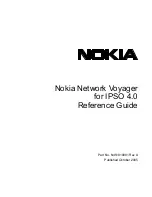
Creating impulse files
You can obtain impulse responses from anything that accepts test tone input and supports recording the output. This includes physical
spaces as well as electronic audio equipment. Creating custom impulse files requires planning, work, and additional audio equipment.
Note:
Impulses derived from electronic devices that produce nonlinear effects such as overdrives, distortion pedals, pitch shifters,
harmonic enhancers, chorus pedals, or flange pedals cannot be modeled using the Acoustic Mirror tool. While they produce interesting
effects, the acoustic signature cannot be correctly replicated.
What you need to create custom impulses
The equipment required to create custom impulses depends upon whether you want to create the impulse from a physical acoustic
space or from a piece of equipment. Regardless of the method, you need a playback device that reproduces test tones and a recording
device that has microphone or line-level inputs. Be aware that the quality of the impulse is directly affected by the quality of your
playback and recording devices. The flatter your system’s response, the more accurate the impulse response.
Recovering an impulse from an acoustic space
To recover an impulse from an acoustic space, you need the following equipment:
•
A playback device and speakers
•
A stereo pair of microphones to record the test tone
•
A recording device for recording the signal captured by the microphones
Recovering an impulse from an electronic device
To recover an impulse from an electronic device, you need the following equipment:
•
A playback device that connects to the device’s inputs
•
A recording device that connects to the device’s outputs
Recording the impulse in an acoustic space
When you have assembled the required equipment, you are ready to begin recording the impulse. The following sections describe the
typical impulse recording procedure.
Transferring the test tone
The first step in recording the impulse is to transfer the desired test tone to your playback device. The Sound Forge application disc
contains two test tones: a 24-second test tone and a 48-second test tone. We typically recommend that you use the 24-second tone
because longer tones result in greater signal-to-noise ratios. The 48-second tone should be used in particularly noisy environments or
when the decay time of the acoustic space is greater than six seconds.
Tip:
There are spikes at the beginning and end of each test tone. You should include the spikes in the recording to simplify the recovery of
the impulse in the later stages of the process.
Placing equipment
When recording the test tone in an acoustic space, you must determine where to place your playback system, speakers, microphones,
and recording system to produce optimal results. Microphone placement is crucial to the quality of the impulse. The distance between
the speakers and the microphone is the perceived distance of audio processed with the impulse you create. For example, if you record
the test tone with the speakers positioned 100 feet from the microphones, all sounds processed with the resulting impulse sound as if
they are originating 100 feet from the listener.
220
|
CHAPTER 13
Summary of Contents for Pro 10
Page 1: ...Pro 10 Sound Forge User Manual ...
Page 2: ......
Page 26: ...20 CHAPTER 1 ...
Page 60: ...54 CHAPTER 2 ...
Page 152: ...146 CHAPTER 8 ...
Page 166: ...160 CHAPTER 9 ...
Page 176: ...170 CHAPTER 10 ...
Page 200: ...194 CHAPTER 11 ...
Page 220: ...214 CHAPTER 12 ...
Page 236: ...230 CHAPTER 13 ...
Page 266: ...260 CHAPTER 16 ...
Page 278: ...272 CHAPTER 17 ...
Page 312: ...306 CHAPTER 20 ...
Page 346: ...340 APPENDIX C ...
Page 366: ...360 APPENDIX E ...
















































